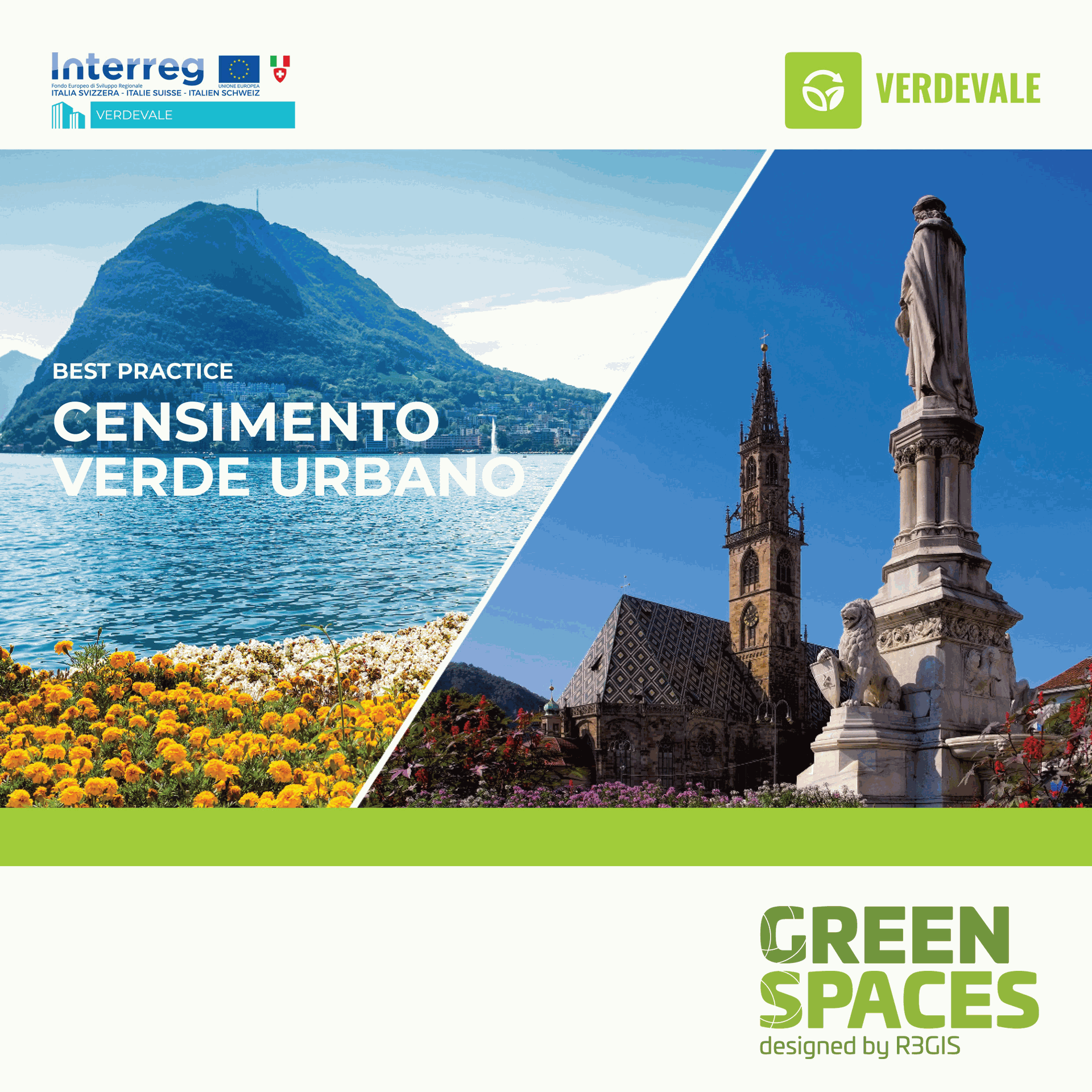Pruning is one of the most common yet most debated practices in urban tree management. It can strongly influence tree health, stability, and the ecosystem services that urban green spaces provide. When done properly, pruning improves structural safety, balances growth, and supports long-term vitality. When done poorly, it can compromise the tree’s form and function.
Within the LIFEURBANGREEN project, pruning was one of the management practices tested to compare traditional approaches with optimized arboricultural techniques. In both Rimini and Krakow, control trees were pruned following local municipal standards, which ranged from mild cleaning to more severe interventions such as topping (i.e. the pruning treatment which suppressed the primary axis without providing a substitute). Pilot trees, instead, were pruned following good arboricultural practices, aimed at maintaining apical dominance, structural integrity, and overall tree health.
Pruning was applied only to trees growing in paved areas, those more exposed to stress and conflicts with urban infrastructure, while park trees were left unpruned, as commonly practiced by both municipalities.
Choosing how to prune is as important as deciding when to prune. The method and intensity can shape a tree’s future resilience, as scientific research reveals.
Stay tuned to discover what we learned from this experience!


